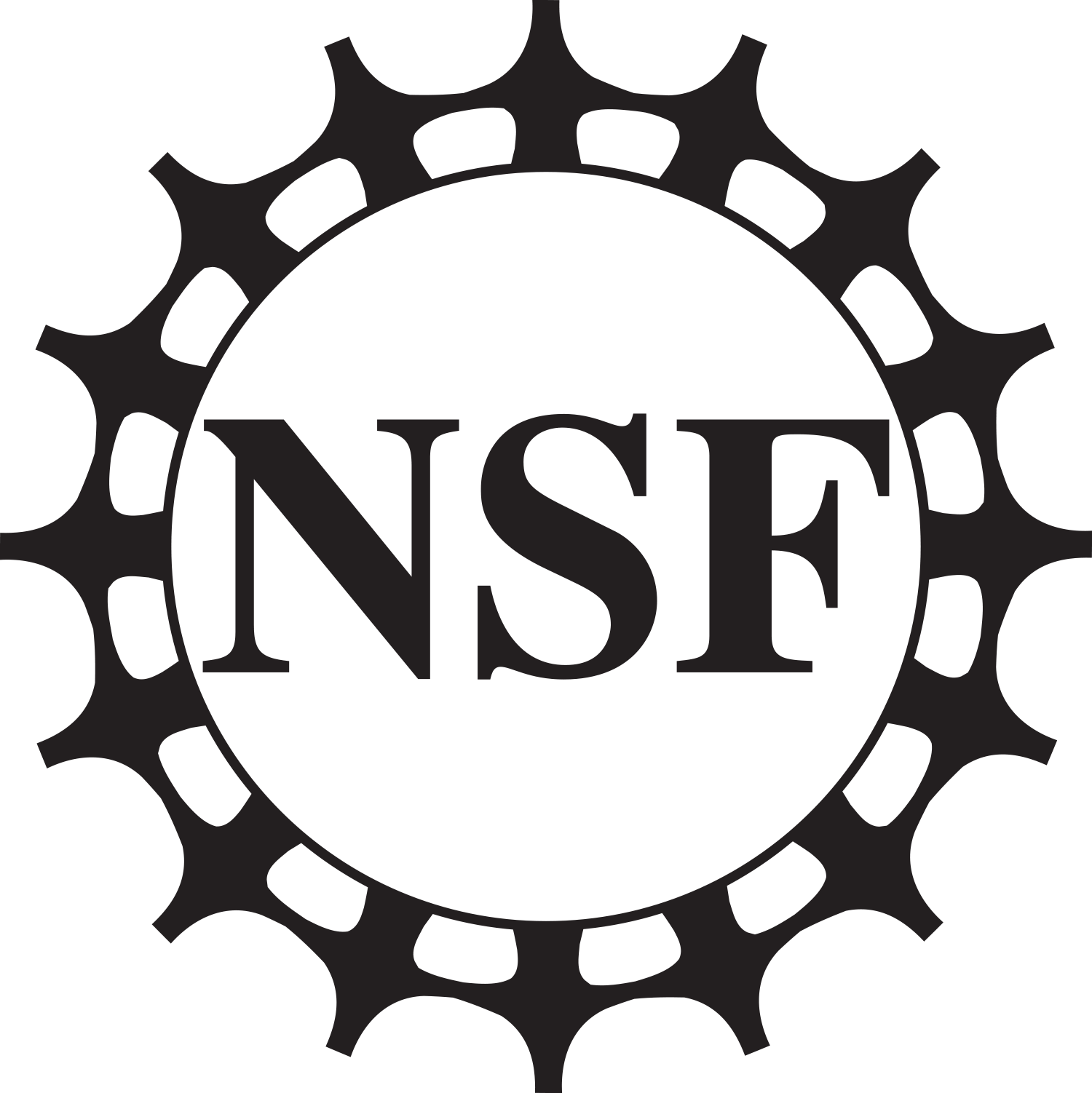 |
CEMB Friday Seminar (Zoom Link)
|
Speaker: Matthew Paszek, Associate Professor and Director of Postdoctoral Studies, Robert Frederick Smith School of Chemical and Biomolecular Engineering, Cornell University
Title: Physical biology of the cancer cell glycocalyx
Abstract
The glycocalyx is a dense and highly hydrated layer of proteins and glycans that decorate the plasma membrane. As an adaptable biomaterial that spans cell-cell and cell-matrix interfaces, the glycocalyx is ideally positioned to regulate the receptor-mediated events that underlie adhesion and signaling at the cell surface. I will discuss examples of how physical features of the glycocalyx, including its nanoscale thickness and macromolecular density, can shape cellular morphology and interactions between cells and with the extracellular matrix. A key feature of the glycocalyx is its tendency to change markedly with changes in cell state, including lineage specification and transformation. As one important example, cancer cells frequently decorate their surfaces with dramatically increased levels of a type of sugar and protein co-polymer called mucin. By tuning the thickness of the glycocalyx layer through differential mucin expression, cancer cells can adapt their strength of adhesion with the extracellular matrix and change cell migration phenotype. We have also found that cancer cells can fortify the glycocalyx layer with mucins to create an armor that defends against cytotoxic immune cells, including engineered T and Natural Killer (NK) cells. Nanometer-scale differences in the thickness of the mucin surface layer can dramatically affect the susceptibility of target cancer cells to immune cell attack. Emerging evidence also implicates the glycocalyx in regulation of plasma membrane morphology. I will discuss how crowding of macromolecules within the glycocalyx can generate entropic pressures that reprogram the functional morphology of the cell and the implications of this for intercellular communication. Together, our results suggest a multifaceted role for the glycocalyx in the mechano- and physical biology of tumor cells.


